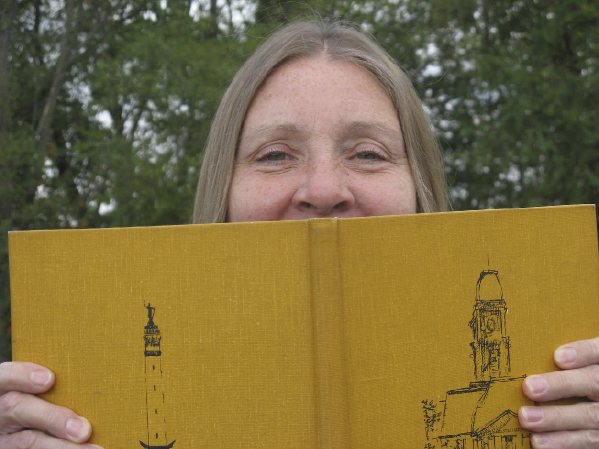The 2022-2023 Winter Weather Forecast

I can’t believe it’s time to do the winter weather forecast column again. Where did the summer go?
As always, I need to point out that I’m not in the business of making predictions myself. I just gather data from the folk signs Sheridan’s weather expert, Clara Hoover, used to create her winter weather forecasts.
I’ll let you form your own predictions.
The first folk sign to heed is the number of fogs in August. Those are supposed to equal the number of big snows we’ll have.
I’m not sure how to count the fogs this year. The WISH-TV fog map showed fog in different small sections of the county on August 5, 6, 14 and 15, but the only day the entire county was covered was August 22.
So, do we count five fogs, or one? (This is why I don’t do predictions.)
The next sign to check is the direction of the winds on the autumn equinox, the day before the equinox and the day after.
The day before the equinox is supposed to foretell November and December’s weather, the wind on the equinox indicates the weather in January and February, and the wind the following day is what March and April should be like.
A north wind means cold weather, a northeast wind is heavy snow, and a northwest wind foretells blizzard conditions. A west wind equals cooler weather, an east wind is wet cold and a south wind indicates fair weather. A southwest wind is a sign of fair and cooler weather.
(Clara didn’t mention a southeast wind, but if I had to guess at an interpretation, I’d say fair, but cold.)
Because I can never seem to catch all the weather reports on TV on those days, I took my wind data from timeanddate.com. That website displays the local daily weather conditions at midnight, 6 a.m., noon, and 6 p.m.
On September 21, the day before the equinox, the wind came from the southeast, southwest, west-southwest, and then the west. On the equinox, September 22, it was from the north, northwest, north and north. The September 23 wind was north-northeast, northeast, southeast and west-northwest.
It’s pretty clear the west wind predominated on September 21 and the north wind on September 22, but I’m going to let you decide about September 23. North? East?
Now, the wooly worms.
Whether it’s due to climate change or our skyrocketing population, the little critters seem to be getting scarcer. For a while I was afraid I wasn’t going to have a wooly worm report this year, but several people finally came through for me.
Jeanne Flanders saw a wooly worm she described as “carrot red.” (I think it probably falls in the “brown” category.) Tim Chenoweth spotted a black worm, Steve Owens found a white one and Bonnie Zarins saw a tiny brown one.
On Clara’s chart, brown wooly worms predict fair weather, black ones mean cold weather and the white ones forecast snow.
It’s not unusual for there to be no consistency in the color of the wooly worms, but it IS unusual that everybody reported solid colors this year. Normally, most of the wooly worms observed are the banded, two-tone kind.
Finally, we have the persimmon seed report, courtesy of Bonnie Zarins. Bonnie has my utmost admiration for her ability to split persimmon seeds in half. It’s NOT easy.
According to Clara, a split persimmon seed that shows a spoon shape means many snows, knives are fair weather and forks are bitter cold.
This wasn’t clear, either. My first impression of Bonnie’s seed was that it was a spoon — then it started to look like a knife.
Better keep your snow shovels handy — just in case.
Paula Dunn’s From Time to Thyme column appears on Wednesdays in The Times. Contact her at [email protected]
